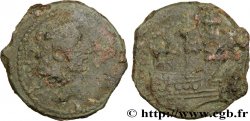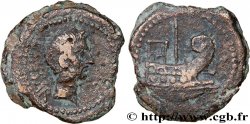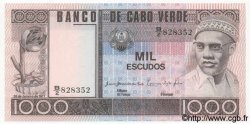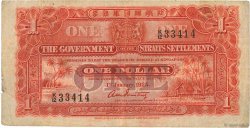v34_1101 - NARBO - NARBONNA - OCTAVIAN Dupondius, (GB, Æ 30)
MONNAIES 34 (2008)
Начальная цена : 450.00 €
Назначить цену : 600.00 €
Цена реализации : 450.00 €
Количество ставок : 1
Максимальная предлагаемая цена : 506.00 €
Начальная цена : 450.00 €
Назначить цену : 600.00 €
Цена реализации : 450.00 €
Количество ставок : 1
Максимальная предлагаемая цена : 506.00 €
Тип Dupondius, (GB, Æ 30)
Дата: 40 AC.
Монетный двор / Город: Gaule, Narbonne
Металл: copper
Диаметр: 29,5 mm
Ориентация осей монеты: 2 h.
Вес: 16,85 g.
Редкость: R2
Комментарии о состоянии
Exemplaire sur un flan relativement large et un peu irrégulier sur la partie supérieure gauche du revers. Types de droit et de revers presque centrés avec les types complets. Patine verte avec de légères zones rougeâtres
Ссылки в каталоге: :
Лицевая сторона
Аверс: легенда: CAESAR.
Аверс: описание: Tête nue d’Octave à droite.
Аверс: перевод: “Cæsar”, (César).
Обратная сторона
Реверс: легенда: ANÉPIGRAPHE.
Реверс: Описание: Proue de navire (rostre) avec le château avant et un mat.
Комментарий
Au droit, la légende CAESAR est complète, bien qu’en bord de flan. Les dupondius, qu'ils soient de Vienne, d'Orange, de Narbonne, de Lyon ou de Nîmes, sont considérés par certains comme appartenant aux gauloises et par d'autres aux romaines ; il s'agit tout simplement d'un monnayage gallo-romain, émis par les romains sur un territoire conquis mais circulant en même temps avec les monnaies autochtones.
On the obverse, the legend CAESAR is complete, although on the edge of the flan. The dupondius, whether from Vienna, Orange, Narbonne, Lyon or Nîmes, are considered by some to belong to the Gauls and by others to the Romans; it is simply a Gallo-Roman coinage, issued by the Romans on a conquered territory but circulating at the same time with the indigenous coins
On the obverse, the legend CAESAR is complete, although on the edge of the flan. The dupondius, whether from Vienna, Orange, Narbonne, Lyon or Nîmes, are considered by some to belong to the Gauls and by others to the Romans; it is simply a Gallo-Roman coinage, issued by the Romans on a conquered territory but circulating at the same time with the indigenous coins








 Cообщить об ошибке
Cообщить об ошибке Распечатать страницу
Распечатать страницу Отправить мой выбор
Отправить мой выбор Задать вопрос
Задать вопрос Consign / sell
Consign / sell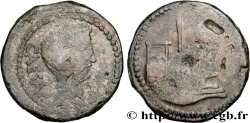
 Информация
Информация